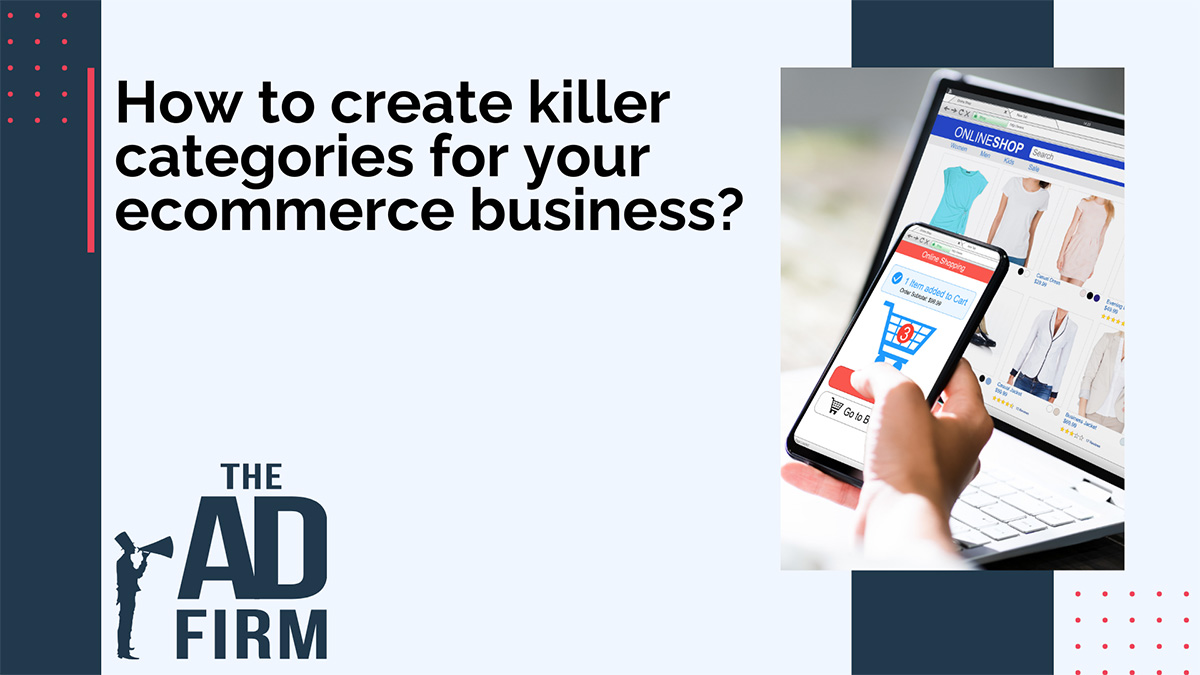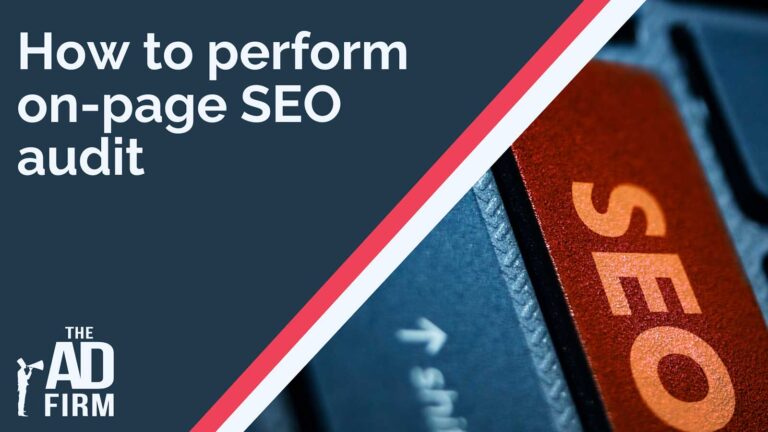When it comes to e-commerce websites, the true heavy lifters in attracting visitors aren’t always the flashy homepages or the detailed product pages—it’s the category and subcategory pages that truly pull their weight. These pages often rake in the bulk of organic traffic, second only to the site’s homepage. Why? The average shopper tends to search using phrases that align more closely with broader categories than specific products. This behavior makes sense when you think about it; shoppers often start with a general idea of what they want, looking to narrow their options as they go.
Given this pivotal role, creating effective and engaging categories is not just a nice-to-have—it’s a crucial part of your site’s ability to attract and retain customers. Let’s dive into how you can craft categories that not only catch the eye of your potential customers but also make it easier for them to find exactly what they’re looking for, boosting your site’s traffic and, ultimately, its success.
Reasons to Create and Optimize SEO eCommerce Category Pages
Before we jump into how to build great category pages, let’s talk about why employing full SEO content creation strategies is key to your online store’s success. Here are some reasons that stand out:
- The competition for specific product keywords, especially the more detailed ones, is fierce. It’s tough to get your product pages to rank high in search results because everyone is trying to do the same thing.
- Well-developed category pages can make it easier for search engines to understand how your site is organized. This clarity can help improve your site’s overall SEO performance.
- Even though searches that lead to category pages might not convert into sales as directly as those for specific products, they’re still incredibly valuable. They bring a lot of eyes to your products, which is a big win.
- The visitors who land on your category pages are usually pretty interested in what you’re selling. If you’re smart about using retargeting ads, you can nudge these already interested visitors closer to making a purchase.
- Since category pages sit higher in your website’s structure than individual product pages, they benefit more from internal linking. This means they often have a stronger presence in search results than product pages.
In simple terms, investing time into making your category pages better isn’t just about making them look good. It’s about drawing in more visitors who are interested in what you have to sell and giving your products a better chance to be seen and bought.
Additionally, while SEO plays a foundational role in attracting organic traffic, effective ecommerce PPC management complements these efforts by targeting specific customer segments, thereby enhancing the visibility and conversion potential of your category pages.
What Should You Include in Your Category Page Content?
Nowadays, Google prioritizes websites that offer quality content over those filled with keywords but lacking substance. This focus on quality also applies to e-commerce category pages. Despite this, many e-commerce sites still opt for brief paragraphs crammed with keywords, often tucked away at the bottom of the page, under the product listings. These sections, sometimes called SEO footers, are not really meant for reading, which is why the quality tends to be low.
If you’re aiming to make your category pages effective, they should:
- Align with what the searcher is looking for
- Provide value to the reader
- Educate, inform, and keep the reader engaged
For instance, imagine a customer searches for “running shoes” and arrives at your category page. The content there should guide the reader through the different styles of running shoes, explain the unique benefits of each type (like cushioning for long-distance running or lightweight designs for sprints), recommend how to select the right pair based on their running habits, and perhaps even spotlight top brands in the running shoe category. This strategy does more than just answer the initial query; it enriches the shopper’s experience by providing in-depth knowledge that could influence their purchasing decision, possibly in ways they hadn’t considered before.
What Should the Content Cover?
Meeting the needs of modern SEO means your content should thoroughly explore topics related to your main keyword. Google now favors content that fully addresses not just the primary keyword but also related topics and terms. This approach helps ensure that your content is comprehensive and provides a rich source of information to your readers.
For instance, if you’re targeting the keyword “wireless headphones,” your content should also delve into related areas that tools like SEMrush might suggest. Incorporating these related keywords and topics into your content can guide how you structure your text, from the main sections to the subheadings.
How to Build an Effective and Engaging Category Page
Now that we’ve covered the importance of category pages and what type of content they should include, let’s dive into some actionable tips for creating killer categories for your e-commerce business:
Understand Your Target Audience
The foundation of creating compelling categories begins with a thorough understanding of your target audience. Your aim should be to see the world through their eyes—knowing what they want, how they search for products, and what factors influence their purchasing decisions. This involves analyzing demographics such as age, gender, location, and interests, but it goes deeper into psychographics, including values, hobbies, and lifestyle.
Why is this important? Because it informs every aspect of your category creation process. For example, if you’re targeting eco-conscious consumers, you might create categories that highlight the sustainability features of your products. Understanding your audience helps ensure that your category names, descriptions, and overall structure resonate with your customers, making it easier for them to find what they’re looking for.
Gaining deep insights into your target market often requires the expertise that an ecommerce marketing agency brings to the table. Such agencies specialize in dissecting market data to reveal actionable insights, ensuring your category pages resonate well with your intended audience.
Conduct Keyword Research for Category Names
Once you have a clear understanding of your target audience, the next step is to conduct keyword research to optimize your category names. This process involves identifying the terms and phrases your potential customers are using to search for products online. Utilizing tools like Google Keyword Planner, SEMrush, or Ahrefs can provide insights into the search volume, competition level, and relevance of these keywords.
Your goal here is to select keywords that are highly relevant to your products, and have a decent search volume, but aren’t so competitive that it would be difficult to rank for them. This balance ensures that your category names are not only appealing to your target audience but also optimized for search engines. It’s a strategic move to attract organic traffic to your category pages, making them more discoverable to potential customers.
Optimize Category Pages with Internal Links
Internal linking is a powerful SEO strategy that helps to spread link equity throughout your site and improve the overall user experience. By strategically linking to related categories, products, or blog posts within your content, you can guide visitors to discover more of your site, increasing their time on site and the likelihood of conversion.
Internal links also help search engines understand the structure of your site and the relevance of pages to one another, which can positively impact your rankings. Use descriptive anchor texts that give both users and search engines an idea of what to expect on the linked page, and make sure the links are relevant to the content context in which they appear.
Determine the Length for Your SEO eCommerce Category Pages
Finding the right length for your e-commerce category pages involves a mix of strategy and intuition. For products that need detailed descriptions and specifications, such as electronics, a longer format can be beneficial to thoroughly explain their features and benefits. On the other hand, categories with straightforward products, like clothing, might benefit from shorter, punchier content that allows the products and images to speak for themselves.
It’s also wise to peek at what your competitors are doing, especially those who rank well in search results. If they lean towards longer content, consider enriching your pages with detailed guides or comparisons. If they keep it short, focus on clarity and engagement within your content. Remember, the quality of information and how well it meets your audience’s needs should always trump word count.
Strategic Placement of Content on the Page
The layout of your category pages can significantly affect user engagement and SEO performance. Place the most important information, such as category descriptions and key product highlights, above the fold to ensure they are immediately visible without scrolling. This area is prime real estate for engaging your visitors and should contain targeted keywords for SEO purposes.
However, don’t neglect the rest of the page. Spread out valuable content, internal links, and call-to-action (CTA) buttons throughout the page to encourage exploration and interaction. A well-thought-out page layout can lead to improved user experience, longer dwell times, and better conversion rates.
Implementing On-Page SEO Best Practices
On-page SEO is critical for ensuring your category pages are discoverable by search engines and ranked for relevant queries. This includes optimizing title tags, meta descriptions, and headers (H1, H2, etc.) with targeted keywords. Additionally, ensure your images are optimized with descriptive file names and alt text to improve your site’s visibility in image searches.
Page speed and mobile responsiveness are also key factors in on-page SEO. With the increasing prevalence of mobile browsing, ensuring your category pages load quickly and are easily navigable on smartphones and tablets is essential for keeping your bounce rates low and rankings high.
Regular Monitoring and Updating of Category Pages
The digital landscape is constantly evolving, and so are the needs and behaviors of your customers. Regularly reviewing the performance of your category pages through analytics tools can provide insights into what’s working and what needs improvement. Monitor metrics like page views, bounce rate, and conversion rate to gauge the effectiveness of your content and layout.
Updating your category pages with fresh content, new products, or optimized keywords can help maintain or improve their rankings over time. Stay attuned to changes in your industry, seasonal trends, and search engine algorithm updates to keep your categories relevant and competitive.
Final Thoughts
Wrapping up, the key to crafting effective category pages for your e-commerce site lies in understanding your audience and your products well. Whether you opt for longer detailed descriptions or shorter, snappier content, the focus should always be on delivering value to your customers. Take cues from your competitors but aim to do one better, providing clear, engaging, and helpful information that guides your visitors towards making a purchase. Remember, the goal is not just to attract visitors to your site but to turn those visitors into customers by making their shopping experience as smooth and informative as possible.
Collaborating with a top digital marketing company can provide the expertise needed to continuously monitor, analyze, and refine your category pages, ensuring they meet the evolving demands of both search engines and customers.”








